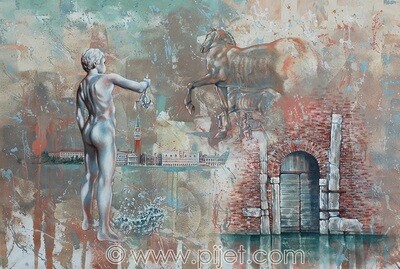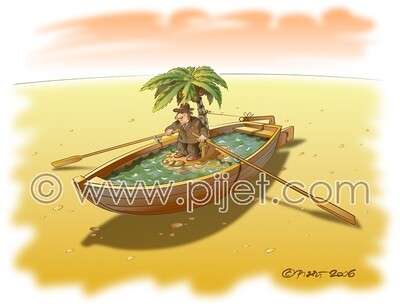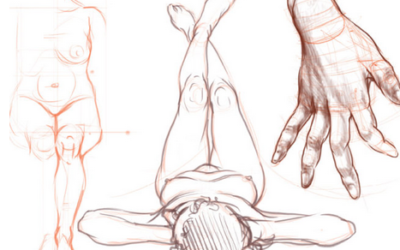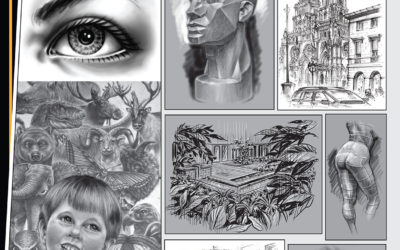I practice drawing in all kinds of forms already over 30 years. In this series of short videos, I would like to present my technic of drawing teaching that is based on the classical approach and my own experience. Arthur Koestler in his book “The Act of Creation “ (1964) wrote, “…thinking is seeing…” I would like to paraphrase this phrase into “drawing is seeing.” In my method of drawing teaching, I teach students to see. I ask them to look at an object or a person in an analytical way. I teach students to dissect the subject they are looking at on a set of geometrical parts. It is said that the drawing is the mathematics of arts. It is true. In order to draw realistically one need to observe, calculate, compare…then look again…before one start to draw what one sees. My philosophy of teaching the classical drawing skills means to draw with the students in order to show them what and how to look at any object, or form so they can draw it in a relatively realistic way.
Only the practice of classical realistic drawing will teach you to see the world around you in more details than usually you are able to perceive. Michael Angelo said that the drawing is the root of all arts, and he was right. Learning the skills of realistic drawing develops the cognitive perception of our mind and should be practice not only by artists, but also by anyone regardless his/her interests and profession. The practice of classical drawing means the constant thinking, calculating, comparing, and meditating in an analytical way. It is why it is important to introduce our children to realistic drawing skills as early as at the age of ten years old (Lowenfeld, Eisner, Gardner). At this age, most children are beginning to understand that the world around them does not correspond with their symbolic depiction of it. It is a principal reason why they abandon the training of the drawing skills in favor of other forms of artistic expression, where the aesthetic rules are very flexible in comparison to the classical drawing practice. Sooner we are going to introduce our children to the classical drawing skills, sooner they will be able to achieve their desire to depict successfully what they see and at the same time encourage them to practice this so useful skills. Learning to draw is an activity stimulating the act of thought and cognitive reflection.
From time to time I will put on line more video-clips regarding various aspects of drawing practice, such as more elaborated studies of the human body, perspective issues, drawing of architecture, still life, landscapes, interior design, caricature, illustration, and digital drawing.
These videos are not explaining all aspects of realistic drawing studies. It is why the best way to learn classic drawing skills is to take some drawing courses, where the instructors apply the analytic method of drawing teaching (fast, applying the geometry of forms and calculation), not the intuitional one (long, based mostly on the student’s intuition and sensibility to the perception of dimensional forms).









